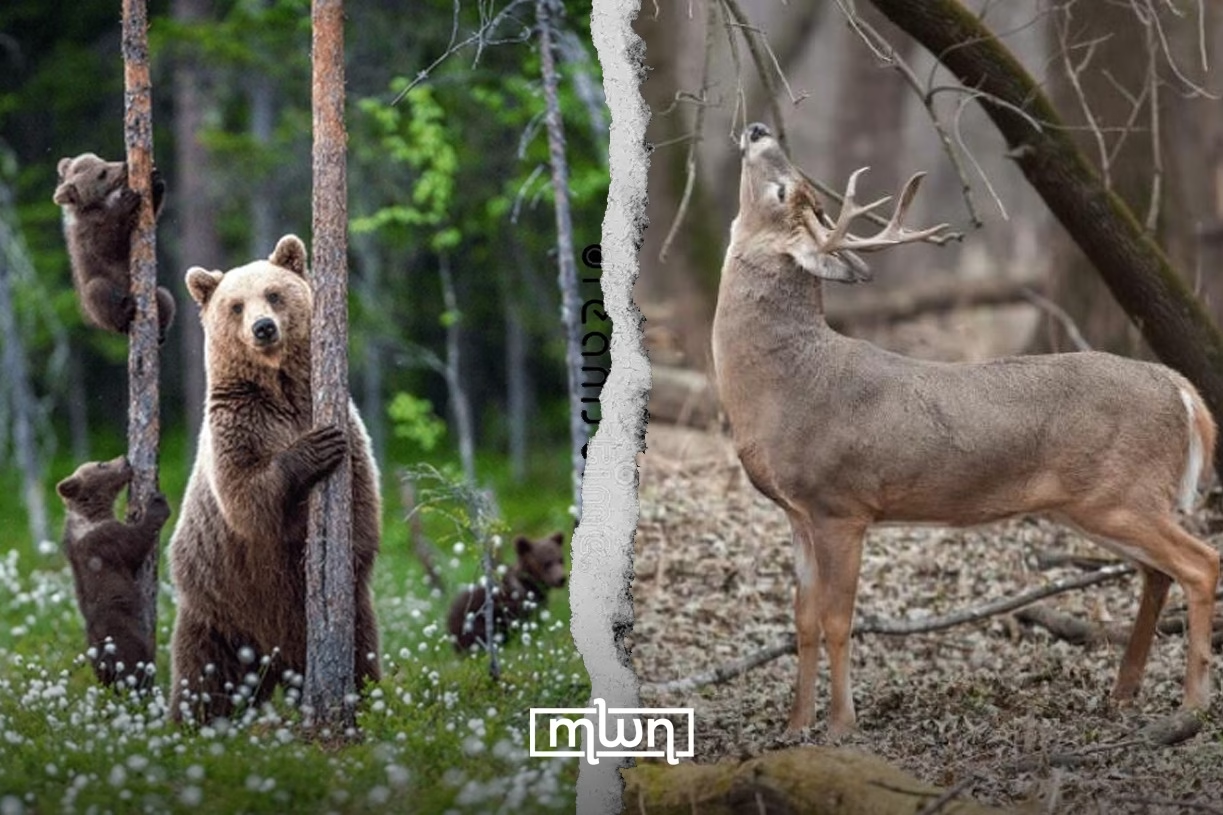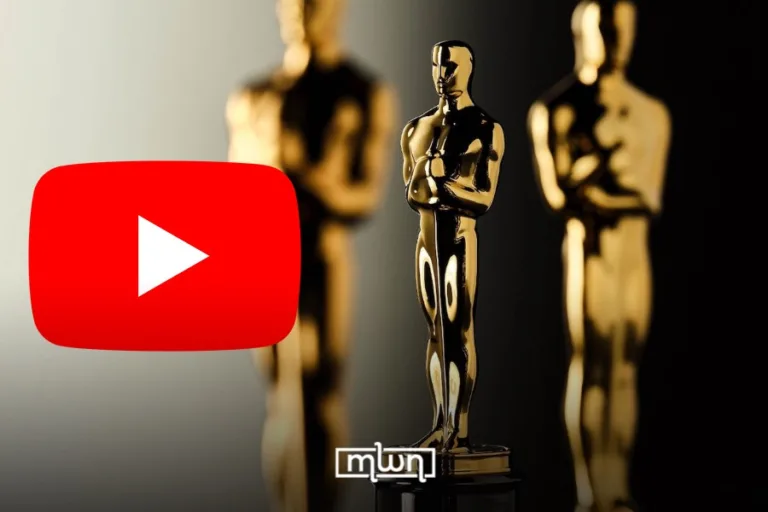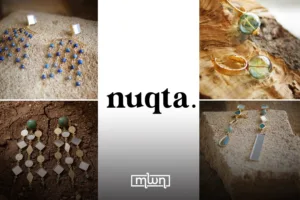Scientists have discovered nature’s version of the internet and it’s wilder than you think.
Fez – We’ve long understood that ecosystems are held together by a web of interactions, food chains, pollination, and seed dispersal.
Classic stuff. But a groundbreaking study just flipped the script: what if ecosystems aren’t just about who eats who, but also about who talks to whom?
Published in Nature Ecology & Evolution, this new research introduces a mind-blowing concept: “The Internet of Nature.”
Think of it not as a metaphor, but as a literal network of information exchange between living beings, shaping everything from predator-prey dynamics to ecosystem resilience.
Dr. Ulrich Brose from the German Center for Integrative Biodiversity Research makes the analogy clear: ignoring information exchange in nature is like trying to understand the modern economy without acknowledging the internet.
Creatures don’t just exist in physical spaces, they communicate, respond, and adapt through cues that range from scent and sound to light and vibration.
So how does this “natural internet” actually work? Researchers break it down into three key layers of information flow:
Nutritional Info Links: Predators and prey constantly exchange signals. Wolves read tracks and movement patterns; deer respond with defensive strategies like group clustering or hiding in dense vegetation.
Pure Info Links: These aren’t about food, but insight. For example, a hyena might notice a circling vulture and interpret it as a clue: there’s carrion nearby. No one said the animal kingdom lacked detective skills.
Environmental Info Links: Organisms react to changes like temperature or light. A moth drawn to a street lamp or a spider spinning its web in artificial lighting? That’s this layer in action.
And no, these layers don’t function in isolation. They mesh into a beautifully tangled web of signals that drive everything from migration to mating rituals.
But here’s where it gets real: human activity is scrambling these natural Wi-Fi signals.
From traffic noise to artificial lighting, we’re creating “sensory pollution”, and it’s interfering with how animals communicate, navigate, and survive.
Dr. Miriam Hirt, co-author of the study, points out that even tiny disruptions can have cascading effects. Ants, for instance, rely on subtle vibrations to coordinate foraging and social behavior.
Throw in some construction noise, and you’ve got insect-level chaos.
This isn’t just about individual species, it’s about the integrity of entire ecosystems. If animals can’t share vital info, the whole system risks collapse.
That’s why the researchers are calling for a radical shift. Instead of just protecting habitats and counting species, we need to safeguard the invisible web, the flow of information itself.
That means rethinking light pollution, noise management, and how we measure environmental health.
Turns out, the forest has been whispering all along. Maybe it’s time we started listening.
Read also: From Smithsonian to MMVI: Kehinde Wiley Winds his Way Around the Concept of the Presidency
















